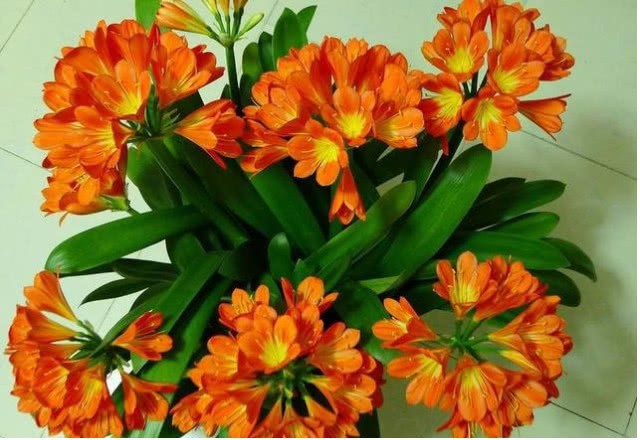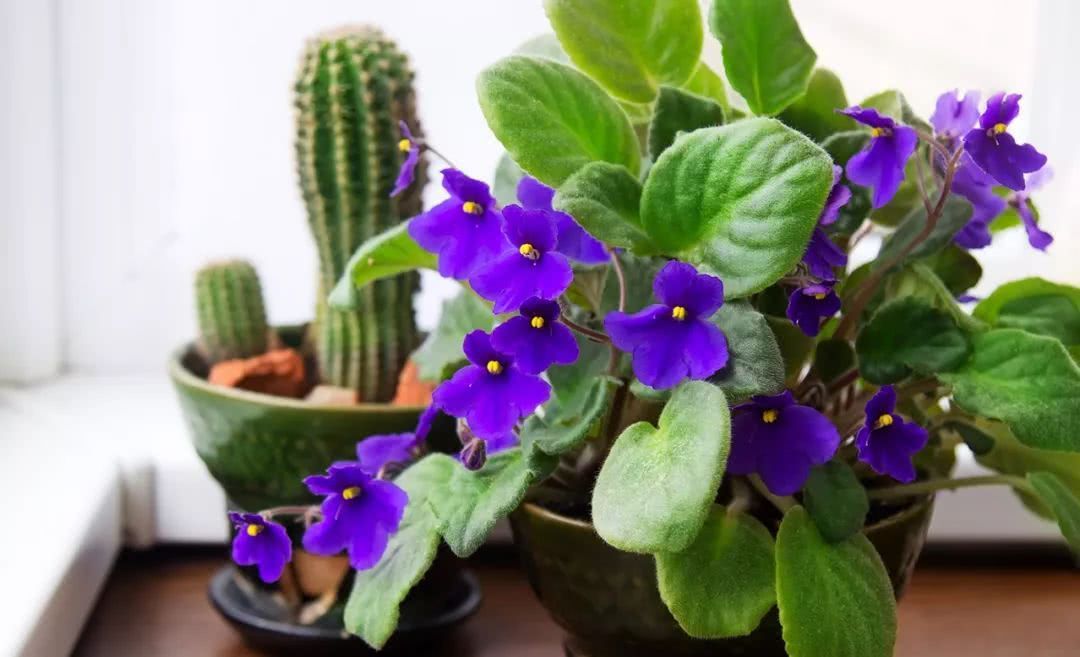Flowering autumn soil change small knowledge: is it luxuriant or thin wilting? don't be careless

Potted flower cultivation at home is different from open field planting, which is lack of natural water and fertilizer cycle and deep soil environment, so the soil must be changed after a certain period of time, otherwise the soil is hardened and barren, plants lack all kinds of nutrients, and it is difficult for them to grow healthily.
High temperature in summer, flowers and plants become poor adaptability, unless rotten roots, dying, generally can not change pots in summer. The weather is relatively mild in spring and autumn, and many flowers begin to sprout and grow in a stable state. At this time, changing the soil will hurt the flowers and plants.
The smallest.
Changing soil in autumn is not suitable for all flowers and plants
The reason for the change of soil in Spring and Autumn is that the flowering and fruiting stages of most flowers and plants are about the same. After the height of summer, new leaves grow, and autumn flowers are about to enter dormancy.
But the following flowers, autumn is the rising period of growth, ready to bud or blossom, is not suitable for autumn soil change:
Camellia:
Camellia is pregnant with buds in autumn, and the soil should be changed after blooming in spring.
Crab claw orchid:
Autumn is the beginning of the flowering season, and the soil should be changed after the early spring flowers and before May of the following year.
Poinsettia:
Poinsettia is also before flowering, and the pot should be changed after the early spring blossom.
There are Phalaenopsis, plum blossoms and so on. Avoid changing soil in autumn.
Do not change the soil under the following circumstances
Do not change soil during the period of budding, flowering, fruiting, and vigorous growth.
When the soil is changed in these periods, those with flowers will not only have buds and flowers, but also seriously affect the growth state and the blossom and fruit after that.
Do not change soil at the slow seedling stage.
The root system of flowers and plants in the slow seedling stage is fragile and needs a stable growth environment in order to regulate and restore growth. Changing the basin at this time is equivalent to injuring the root for the second time, and if other temperature and humidity are not suitable for the environment, it is very
It's easy to die.
Matters needing attention in changing soil
In addition to the right time and the state of flowers and plants, the following points must be paid attention to in changing soil:
1.
Before changing the soil, you should water thoroughly and wait for the soil to dry slightly before changing the basin.
two。
When changing the soil, you can remove some of the rotten and weak roots, but don't trim the roots casually.
3.
The bare root adapts very slowly to the new soil environment, so it is best to leave part of the original soil of the root, which is beneficial to adapt as soon as possible after changing the soil.
4.
Most plants are watered thoroughly after changing the soil, while succulent plants, cactus and other plants need to be watered two or three days later.
After changing the soil, it should be properly sprayed and moisturized, shaded and ventilated until there are new leaves or branches and leaves are straight.
In good condition. Generally about a week, you can properly bask in the sun and turn to normal maintenance.
5.
Soil change and fertilization should not be carried out at the same time, it is easy to hurt the root. Fertilization should be applied after the plant adapts well and begins to grow. Slow-release fertilizer has a slow effect, so two grains can be buried on the edge of the basin.
6.
After the new soil enters the basin, pat the basin wall and gently press the basin soil to avoid loose soil, but do not press it too tightly, otherwise it will easily affect the watering and ventilation in the future.
7.
When changing the soil and burying the roots, you should take the previous depth as a reference, do not bury too deep, and do not let the roots obviously leak out. Burying deep affects breathing, buying is too shallow to take root, and affects growth.
How often do you change the soil?
Generally speaking, the soil is changed once a year at most. In particular, the interval of less than half a year, the growth state of plants will be completely disrupted, even if well maintained, it will be relatively weak.
There are many theories about changing the soil every few years, and we can't generalize who is right and who is wrong. To be sure, different kinds of flowers and plants, different soil quality, the demand for changing pots is different.
In general, flowers need to be changed for two or three years.
Soil change is usually combined with basin change. But the main reason for changing the pot is that the plant grows up and the flowerpot is not used. The obvious sign is that the root grows out of the drainage hole at the bottom of the basin. At this time, the flowerpot must be changed.
If the basin soil is black, not hardened, and does not become alkaline (the basin soil turns white), the soil can not be changed in principle. At this time, if you need to change the pot, then take off the pot and enlarge the flowerpot and fill the soil around it.
Grasp these points of attention, at the right time, the correct change of soil for flowers and plants, of course, flowers and plants are more and more prosperous, more and more beautiful!
If you also like growing flowers, follow us!
- Prev

No matter how poor these three kinds of plants are, they have to raise a living room and a pot for good luck.
More and more people join the group of raising flowers, such a trend is very good, because growing flowers can green the environment and make a great contribution to the society, and it can also bring a lot of benefits to the owners of flowers.
- Next

All of these nine plants have purple flowers, most of which can be raised indoors.
Flowers of any color are very beautiful at home. If you like some flowering plants that look romantic and charming, then the following purple flowers are very suitable for you. They can produce beautiful and charming purple flowers. The most.
Related
- Wuhan Hospital Iron Tree Blooming Result Was Instantly Frightened by the Gardener Master
- Which variety of camellia is the most fragrant and best? Which one do you like best?
- What is the small blue coat, the breeding methods and matters needing attention of the succulent plant
- Dormancy time and maintenance management of succulent plants during dormancy
- Minas succulent how to raise, Minas succulent plant pictures
- What are the varieties of winter succulent plants
- How to raise succulent plants in twelve rolls? let's take a look at some experience of breeding twelve rolls.
- Attention should be paid to water control for succulent plants during dormant period (winter and summer)
- Watering experience of twelve rolls of succulent plants
- Techniques for fertilizing succulent plants. An article will let you know how to fertilize succulent plants.

